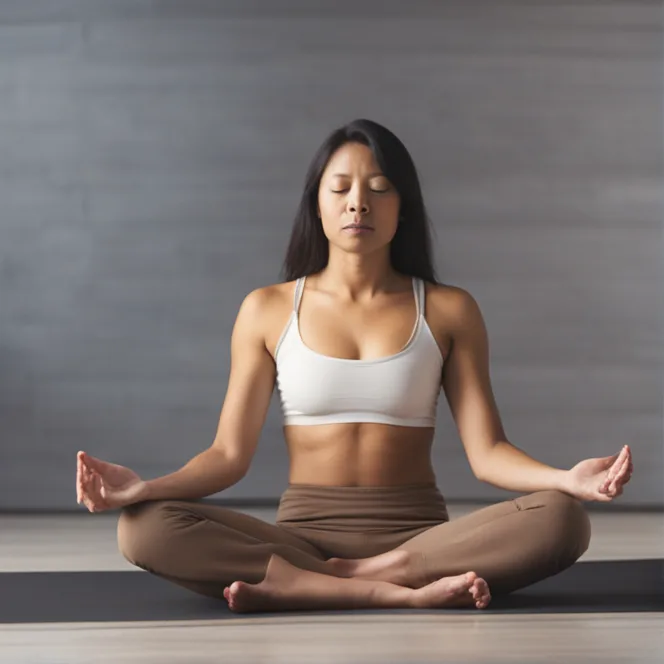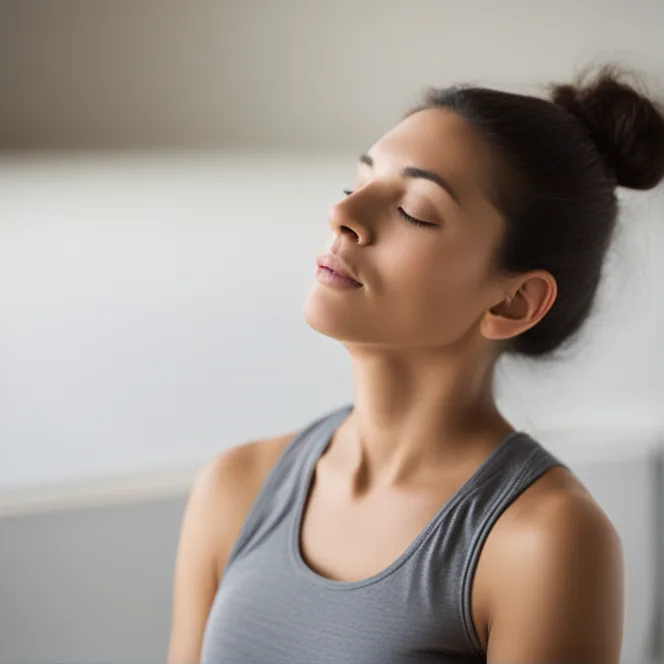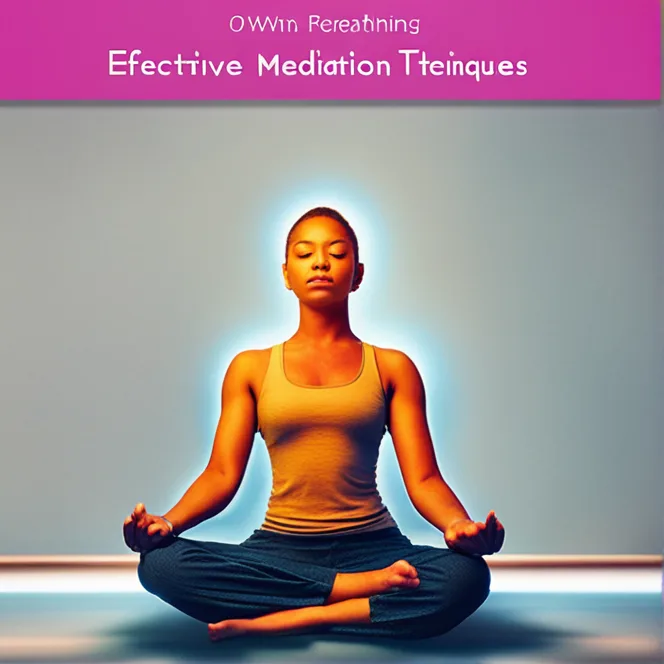
Effective Meditation: Breathing Techniques
Discover effective meditation techniques centered on breath control to enhance mindfulness and reduce stress.
article by Hina Kurosawa
Introduction to Breathing Meditation
Meditation has been practiced for centuries as a technique to calm the mind, connect with the inner self, and achieve a state of tranquility. Among the myriad of meditation practices, breath-focused techniques are some of the most accessible and transformative methods available. The essence of breathing meditation lies in its simplicity; by concentrating on the natural rhythm of your breath, you can anchor yourself in the present moment, reduce stress, and promote both mental and physical well-being. This introductory paragraph sets the stage for exploring the various ways in which breathing can serve as a powerful tool in your meditation practice.

Understanding Breath Awareness
The foundation of all breathing meditation techniques is breath awareness. This involves observing the cycle of your breathing without attempting to change it – simply noticing the inhale, the pause that follows, the exhale, and the subsequent pause before the cycle repeats itself. By maintaining focus on this cycle, you can cultivate mindfulness, which is the state of being fully aware of the present moment. Breath awareness serves as a point of entry into meditation, offering beginners a straightforward path to developing a consistent practice and experiencing the resultant calm.

Guided Visualization and Breathing
Building upon simple awareness, guided visualization can enhance the meditation experience. Here, breathing is paired with mental imagery to deepen relaxation and focus. For instance, you might visualize a balloon inflating with each inhale and deflating with each exhale, or imagine a wave gently rolling in to the shore as you breathe in, and retreating as you breathe out. This technique not only improves concentration but also brings about a peaceful state as the mind and body synchronize through the rhythm of your breath.

4-7-8 Breathing Technique
A specific method which has gained popularity due to its simplicity and effectiveness is the 4-7-8 breathing technique, also known as "relaxing breath." This involves inhaling for a count of four, holding your breath for a count of seven, and exhaling for a count of eight. By extending the exhale, you can influence your nervous system to shift from a state of alertness to one of relaxation. The precise counting helps keep the mind focused, making this technique a powerful antidote to anxiety and a great way to quiet the mind before sleep.

The Power of Deep Breathing
Deep breathing, or diaphragmatic breathing, is another essential meditation technique. It involves breathing deeply into the belly rather than shallow breathing into the chest. This kind of breathing can slow down the heartbeat, lower or stabilize blood pressure, and promote feelings of calm and ease. Additionally, deep breathing serves as a bridge between the conscious and unconscious mind, granting the meditator greater control over their autonomic nervous system and inducing a state of peace and balance within the body.
Integrating Breathing with Movement
Lastly, integrating breathing with movement adds a dynamic aspect to meditation. Yoga, Tai Chi, and Qigong combine flowing movements with controlled breathing, creating a meditation in motion that can be profoundly meditative and physically beneficial. By coordinating breath with movement, you can increase body awareness, release tension, and cultivate an overall sense of well-being. These practices demonstrate that meditation does not always require stillness; it can be a fluid and active process that engages the whole body.
Published: 12/11/2023
Modified: 12/11/2023
More predictions
Come back here soon to learn more about yourself and your future


Meditation Techniques To Ease Anxiety
Explore effective meditation practices to alleviate anxiety, fostering a tranquil mind and improved well-being.


The Therapeutic Benefits Of Meditation
Explore the connection between meditation and its potential to foster bodily healing and well-being.


Advanced Meditation Techniques
Explore sophisticated meditation methods to enhance your spiritual journey and deepen mindfulness.